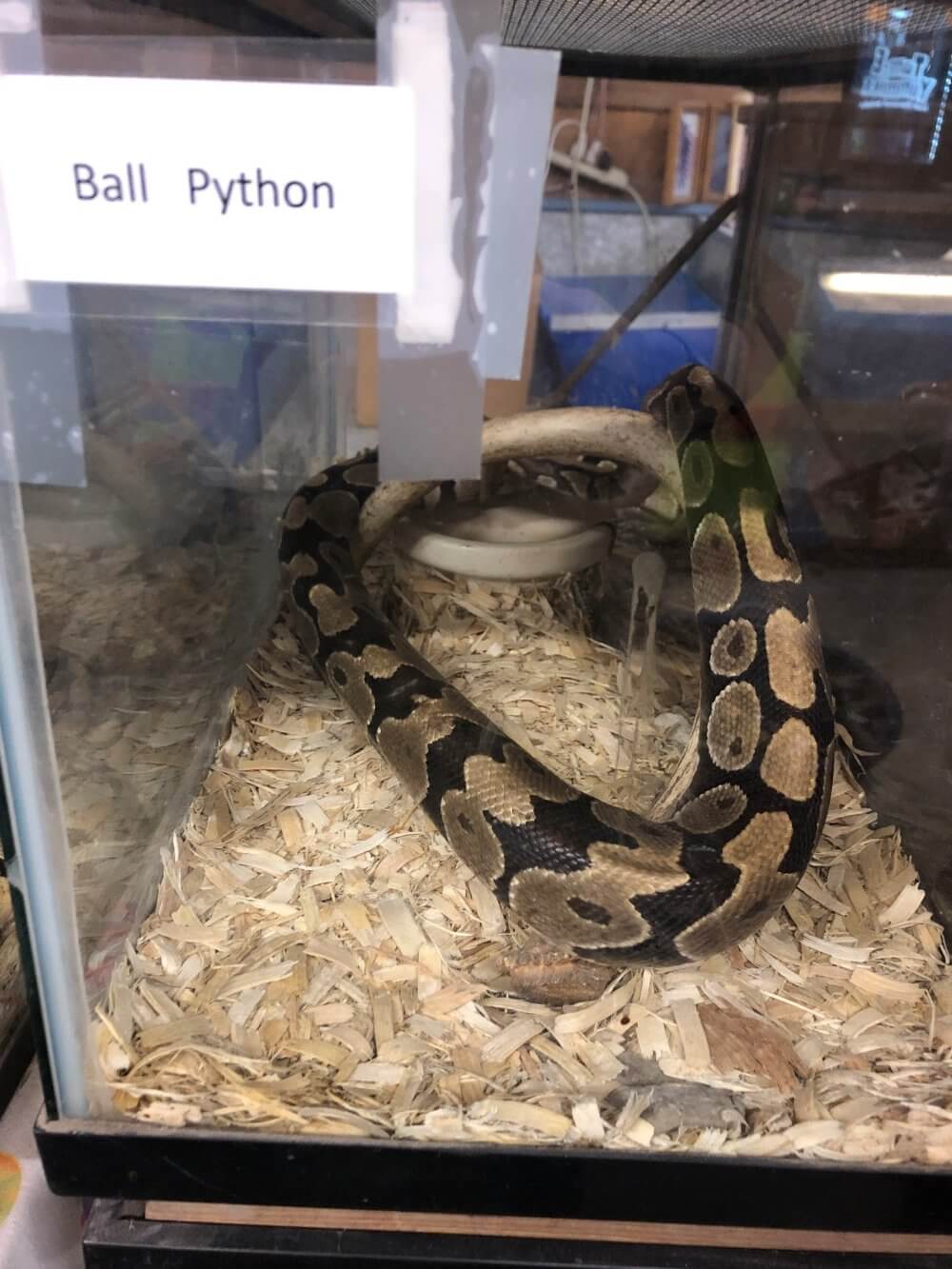How to Create the Perfect Environment for Your Pet Serpent
Producing the optimal habitat for your animal serpent is crucial to ensuring its wellness and wellness. From picking the appropriate unit to supplying the appropriate temperature and humidity levels, there are numerous factors to take into consideration when establishing a habitat that imitates your serpent's natural environment. By recognizing the specific requirements of your serpent types and carrying out the essential elements in its habitat, you can produce a space where your pet can grow. Allow's explore the vital parts that go right into making the perfect home for your slithery companion.
Choosing the Right Unit
Choosing the appropriate unit is essential in offering an appropriate home for your pet snake. The unit works as the snake's main habitat, impacting its overall well-being and actions. When selecting an enclosure for your animal serpent, there are a number of elements to think about to ensure a risk-free and comfortable environment. The size of the unit is essential, as it should be sizable enough to permit the serpent to move easily. A general general rule is to supply a habitat that goes to the very least as long as the serpent's size and broad sufficient for it to extend easily.
Timber and PVC rooms supply exceptional insulation, which is essential for controling temperature level and moisture levels within the environment. Eventually, the unit should resemble the serpent's natural habitat as carefully as feasible to ensure its health and happiness.
Setting Up Temperature and Humidity Levels
In order to give a favorable living atmosphere for your family pet serpent within the picked unit, attention to preserving optimum temperature level and humidity degrees is critical. Serpents are ectothermic creatures, indicating they count on outside resources to control their body temperature level. For many snake types, the suitable temperature level varieties in between 75-85 ° F(24-29 ° C) on the colder end and 85-90 ° F(29-32 ° C) on the warmer end. To attain this gradient, you can utilize heating pads, heat lamps, or ceramic heating systems. It is essential to place thermometers at both ends of the room to monitor the temperature level frequently.
The ideal humidity degree varies depending on the snake varieties, with most requiring levels in between 40-60%. By vigilantly readjusting and monitoring temperature level and moisture levels, you can develop a comfy and secure environment for your beloved pet snake.
Giving Adequate Hiding Places
Making sure the schedule of suitable hiding spots is crucial for creating a stress-free atmosphere for your animal serpent. Serpents are naturally inclined to choose concealing places for safety and convenience. To imitate their natural environment, supply at the very least two concealing places in your snake's unit-- one on the warmer side and one on the cooler side. These concealing spots can be produced using commercially available sanctuaries, fifty percent logs, and even reversed flower pots. Guarantee that the hiding spots are tight enough to make your serpent really feel likewise large but secure enough for simple entrance and exit.

Selecting the Appropriate Substrate
To develop a suitable habitat for your pet dog serpent, what factors should be considered when choosing the proper substrate? Choosing the appropriate substratum for your family pet snake is vital for keeping its health and health. When choosing a substrate, numerous elements need to be thought about.
Firstly, the substrate should check out here imitate the serpent's native environment as carefully as feasible. Various serpent species have various habitat preferences, so it is necessary to research your specific serpent's natural environment to select a suitable substratum. Desert-dwelling serpents may need a sandy substratum, while forest-dwelling serpents might like a much more humid substrate like cypress mulch or coconut husk.
Opt for substrates that are very easy and non-toxic to clean to keep a hygienic setting for your animal serpent. By carefully taking into consideration these aspects, you can create a comfortable and risk-free habitat for your pet dog snake.
Offering Correct Lights and Home Heating

When it involves illumination, serpents have particular lights requirements to imitate their natural surroundings. Ultraviolet (UV) illumination may be required for specific serpent types to assist with calcium absorption and vitamin D synthesis. Not all snakes require UV lights, so it's essential to research your details serpent species' demands.
To supply the right equilibrium of illumination and home heating, think about using a combination of above home heating lamps, hot pad, and thermostats to manage temperature levels accurately. Make sure that your serpent's environment has a temperature level gradient, allowing it to relocate between warmer and cooler areas as needed. snake for sale. By using correct lighting and home heating, you can produce a comfortable and healthy and balanced setting for your family pet serpent
Verdict
In final thought, developing the best habitat for your pet snake entails picking the best enclosure, establishing appropriate temperature level and humidity levels, supplying ample hiding places, choosing the appropriate substrate, and providing appropriate illumination and heating. By following these guidelines, you can make sure that your snake has a comfortable and healthy and balanced environment to grow in. Bear in mind to consistently monitor and change the habitat as needed to meet article your snake's certain requirements.
To produce a suitable habitat for your animal snake, what variables should be taken here are the findings into consideration when selecting the appropriate substrate? Various snake varieties have various habitat preferences, so it is crucial to research your certain serpent's native setting to pick a proper substratum. Desert-dwelling serpents may require a sandy substratum, while forest-dwelling snakes may like an extra humid substratum like cypress compost or coconut husk.
Not all serpents need UV illumination, so it's vital to research your specific serpent species' requirements.

Comments on “Embrace the Exotic: Snake for Sale Choices Await Expedition”